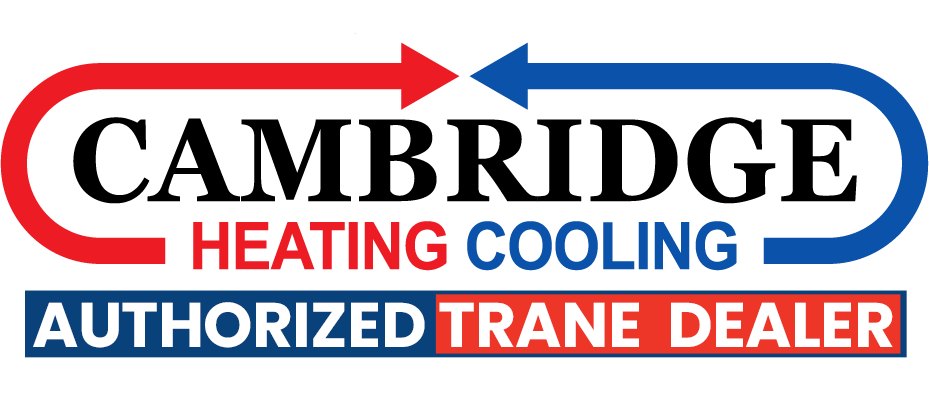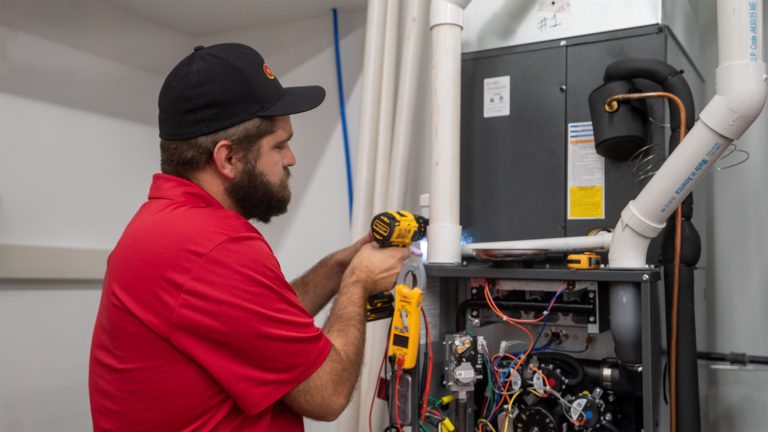How Frequently Should We Have Our Furnaces Cleaned?
It’s time to consider about your heating equipment if you reside in a cold-weather section of the country. With today’s technology, there isn’t much to do with modern furnaces when it comes to winterizing them. We used to be told to have our furnaces and boilers tested once a year in the old days. However, electronics currently perform the majority of the work in furnaces and boilers. In today’s furnaces and boilers, there are only a few things that a service technician needs to accomplish in terms of a “clean and check.” Read this article why you need to look for the Furnace Cleaning Scarborough.
Back in the day:
When a service guy (today’s politically correct word is “service tech,” a term that dates back roughly 21 years) went out on a “clean and check,” he had a lot of responsibilities. He removed all of the burners and blew them out with co2, then used a mirror to inspect the heat exchanger for cracks, then vacuumed out any debris he found. He also changed the “thermocouple” on the “pilot light” and blew out the pilot light assembly to make sure it would burn clean and that the pilot flame was positioned correctly on the thermocouple and on the burner pilot run (on a standing pilot, where the pilot flame burns all the time, the thermocouple tells the gas valve there is a pilot light, and it’s OK to open, and start the heat sequence)
After that, he removed the blower and lubricated the squirrel cage bearings, motor bearings, and checked the belt for cracks if it was a belt drive blower.
All of the burners have been cleaned, the heat exchanger has been inspected for cracks, and everything, including the blower, has been reinstalled.
Now it’s time to move on to the next step.
Now, if the service technician is worth his salt, he will inspect the furnace’s most crucial component, the “limit switch.” Every gas, oil, electric, or propane furnace or boiler has a limit switch.
Its major role is to turn on the blower (typically 200′) and turn it off (about 110 or 100′ much cooler, and you’ll feel a draft), and its most crucial job is to instruct the “gas valve” to shut off the burners if the blower fails. It prevents the furnace or boiler from overheating and catching fire (boilers, like hot water heaters, have a “safety relief valve”).
The smarter guys disconnected the blower wire from the limit switch and turned on the furnace burners. The blower will not ignite if the blower wire is taken from the limit switch, and after the furnace reaches around 200 degrees, the burners should shut off and not relight until the furnace cools down to about 140 degrees. Some folks just tested the limit switch and blower settings by moving the dials until the burners turned off. I loved disconnecting the cable from the limit switch and testing it that way because it mimicked real-world conditions in the case of a blower failure.
Furnaces from ten years ago to now:
Today’s furnaces and boilers don’t require the same level of service from a technician as older furnaces did. All that has to be checked on most modern furnaces is the “flame sensor.” Today’s furnaces essentially keep an eye on themselves. Because they work in a mostly contained environment (80+ furnaces are not, but the 90’s are), the burners nearly never get dirty these days. A circuit board controls the blower, gas valve, and all safety controls (including the “limit switch” and “blower switch”). All of the blowers have been sealed as well. They don’t even require oiling!
So, how often should our furnaces and boilers be inspected?
That is a difficult question to answer. It all relies on the conditions under which your furnace is operating. If your furnace or boiler is used in an area where there is a lot of dust or animal hair, having it examined once a year may be worthwhile. If your furnace is functioning in a relatively clean atmosphere, you can probably get away with not having to pay the money to have a clean furnace tested for another two or three years.
Remember that these modern furnaces will shut down if they detect even the tiniest fault. Some technicians believe that the only time house owners should have their furnaces examined is when they don’t start (remember, we’re talking about new furnaces, not old clunkers). They don’t believe the price is worth it for what you get in return.






